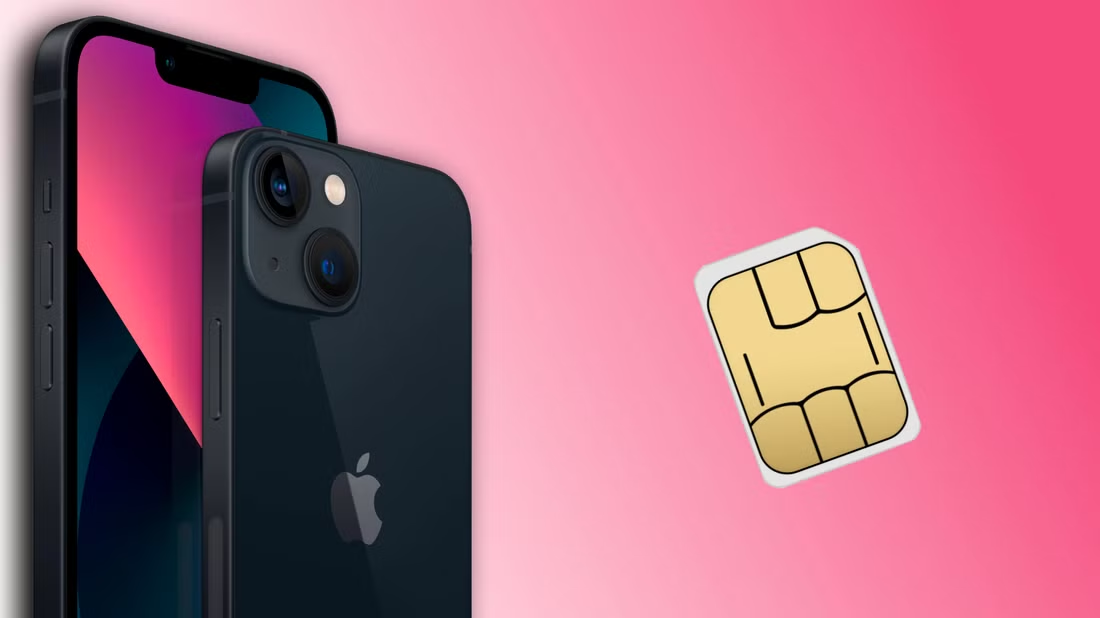iPhone Air Ditches SIM Cards Forever: Is This The End of Physical SIM Technology?
Apple just changed mobile phones forever. The new iPhone Air removes physical SIM card slots completely. This phone works only with eSIM technology worldwide.
iPhone Air features an eSIM-only design that saves space internally, helping enable the unbelievably light and thin form factor. This move makes Apple the first major brand to go fully digital with SIM technology globally.
What Makes eSIM Different from Regular SIM Cards
Regular SIM cards are tiny plastic chips you insert into your phone. eSIM technology builds this same function directly into your device. You don’t need to remove or insert anything.
An eSIM is an industry-standard digital SIM built into your iPhone, eliminating the need for a physical SIM card. This technology lets you switch between phone plans instantly without visiting stores or waiting for new cards.
Why Apple Chose eSIM Technology
Apple started this change in America back in 2022. Now iPhone Air brings this technology to every country. The company wants to make phones thinner and more secure.
eSIM technology removes the requirement for a physical SIM card slot. This liberates valuable internal space, enabling manufacturers to create slimmer, more compact devices.
Physical SIM cards take up valuable space inside phones. Removing this slot lets Apple make the iPhone Air incredibly thin and light.
The Numbers Show eSIM Growth
More people use eSIM technology every year. CCS Insight estimates that 1.3 billion smartphones were using eSIMs by the end of 2024. This number is projected to reach 3.1 billion by 2030.
Global consultancy firm Roland Berger forecasts eSIM connections will reach 75% of smartphone connections by 2030. These numbers show that digital SIM cards will replace physical ones soon.
Benefits of eSIM Technology
eSIM offers several advantages over traditional SIM cards:
Better Security: Digital SIMs are harder to steal or clone than physical cards.
Multiple Plans: You can store up to eight different phone plans on one device.
Quick Switching: Change between carriers instantly without visiting stores.
Travel Friendly: Get local phone plans anywhere without buying new SIM cards.
No Lost Cards: You can’t lose or damage a digital SIM card.
Challenges Users Might Face
Not every phone carrier supports eSIM yet. Some older networks still require physical SIM cards. Rural areas might have limited eSIM support.
Analysts feel that in 10 years, only a small percentage of phones will have a SIM tray. This change will happen gradually as more carriers adopt the technology.
What This Means for Phone Users
iPhone Air users need to check if their carrier supports eSIM. Most major networks already offer this service. Smaller carriers are adding support quickly.
The change makes international travel easier. You can buy local phone plans instantly without hunting for SIM card shops.
The Future of Mobile Connectivity
Apple’s move signals the end of physical SIM cards. Other phone makers will likely follow this trend. eSIMs are a natural choice for smartwatches, but also work in Surface tablets, iPads, laptops, automotive systems, IoT and smart home devices.
This technology will spread beyond phones to all connected devices. Cars, tablets, and smart home gadgets will use eSIM for internet connections.
The iPhone Air marks a turning point in mobile technology. Physical SIM cards served us well for 30 years. Now digital technology offers a better solution for modern devices.







